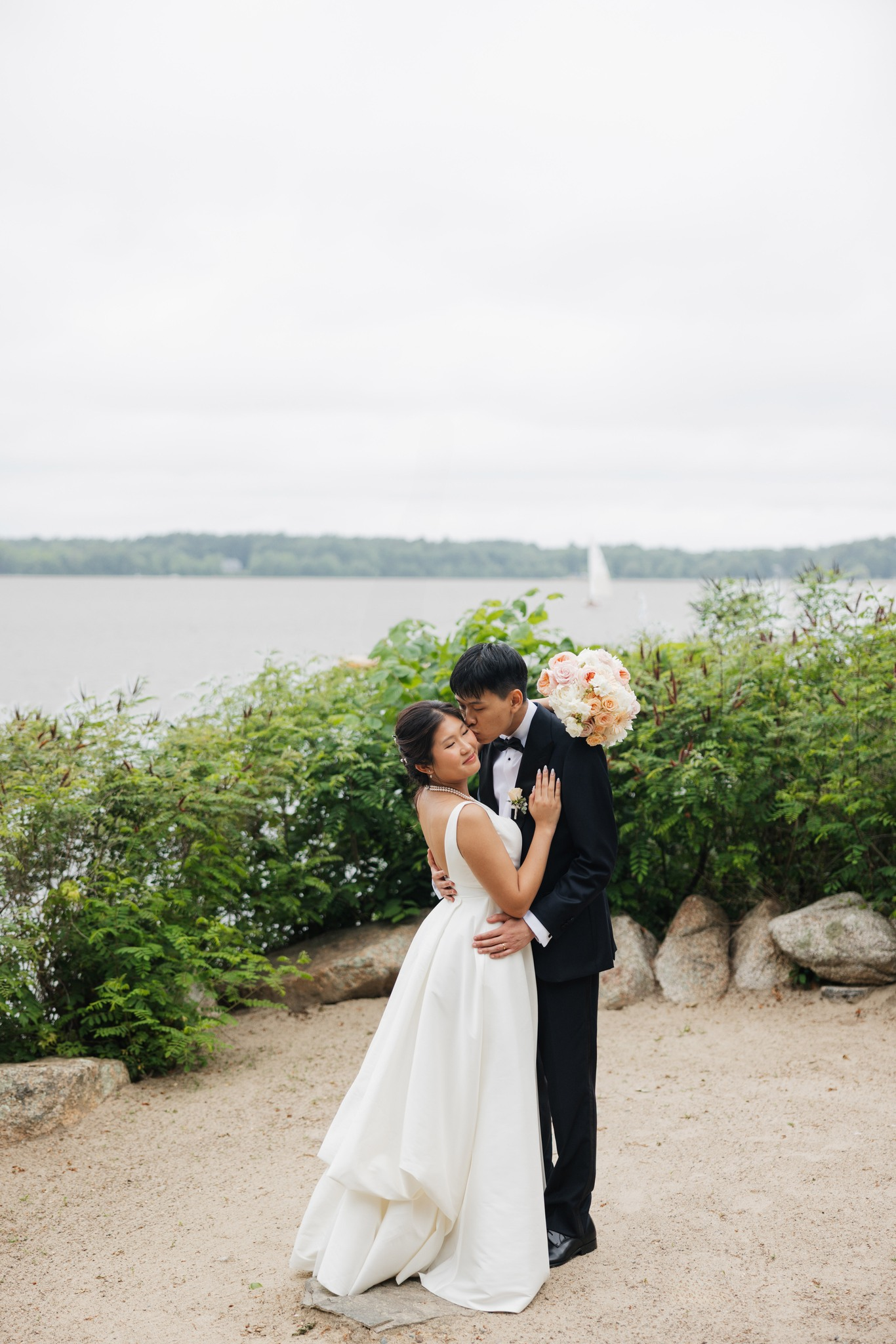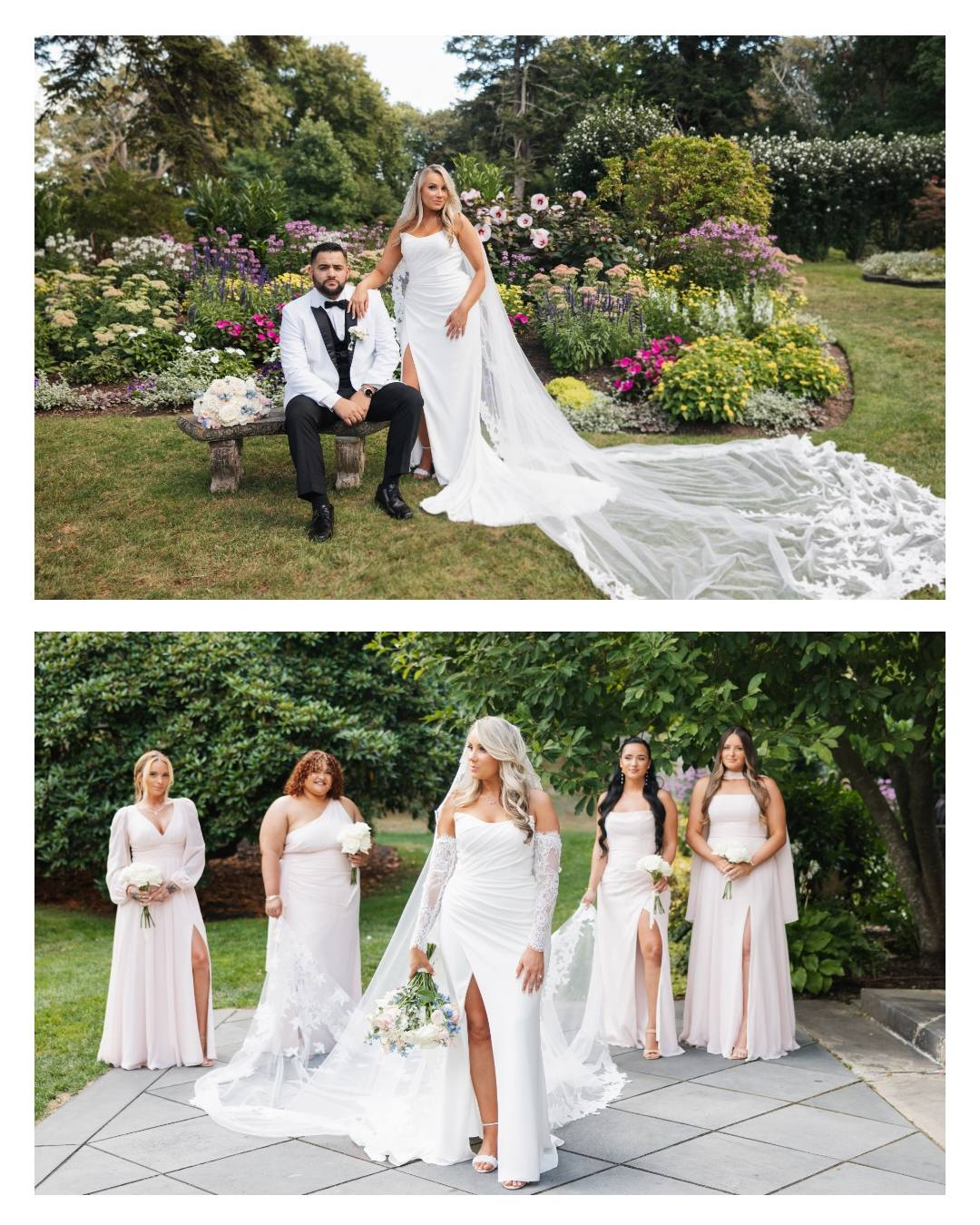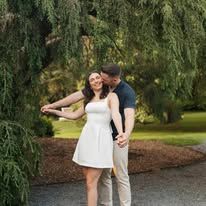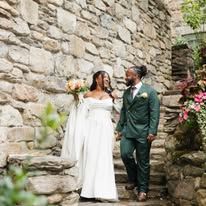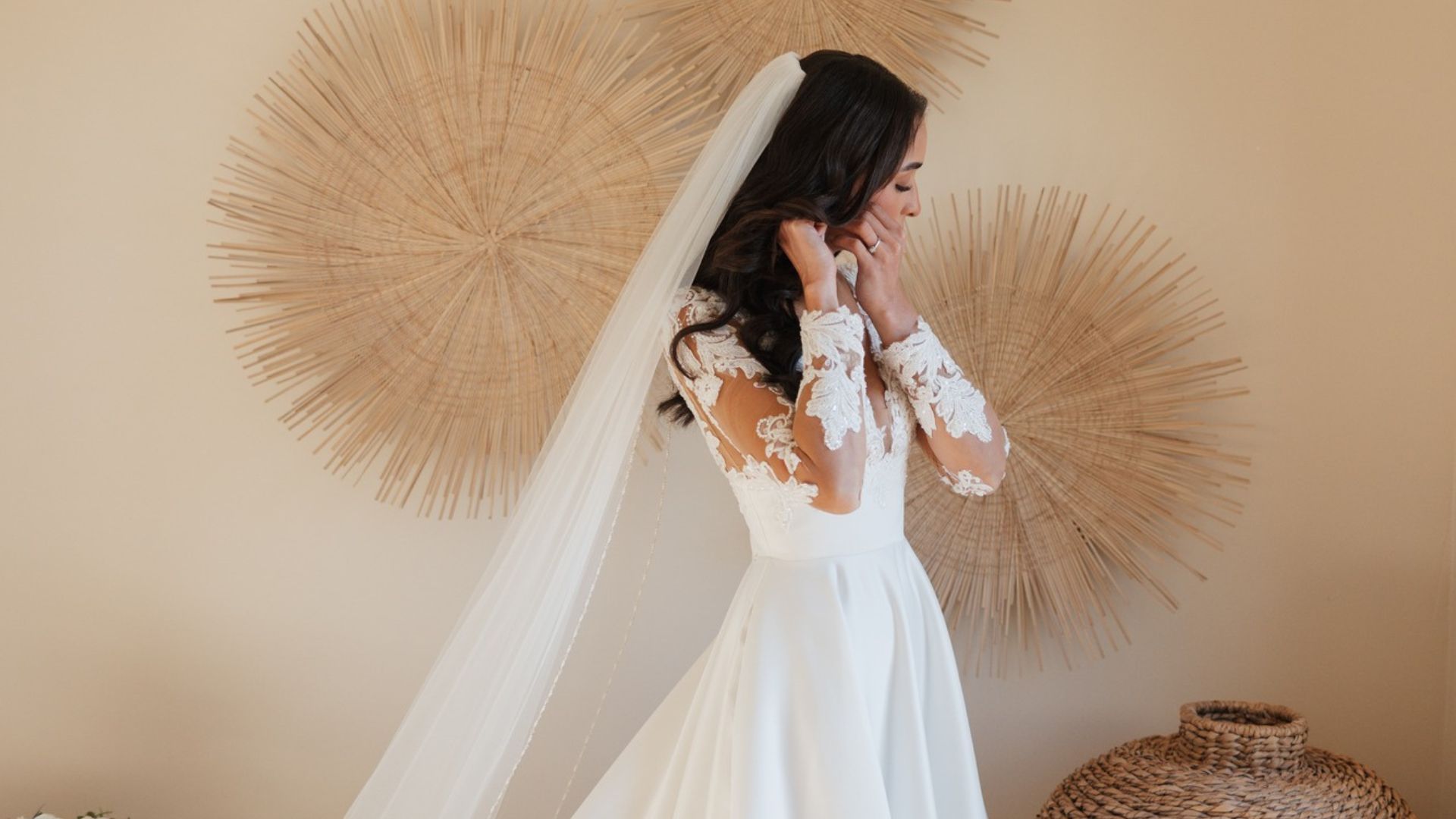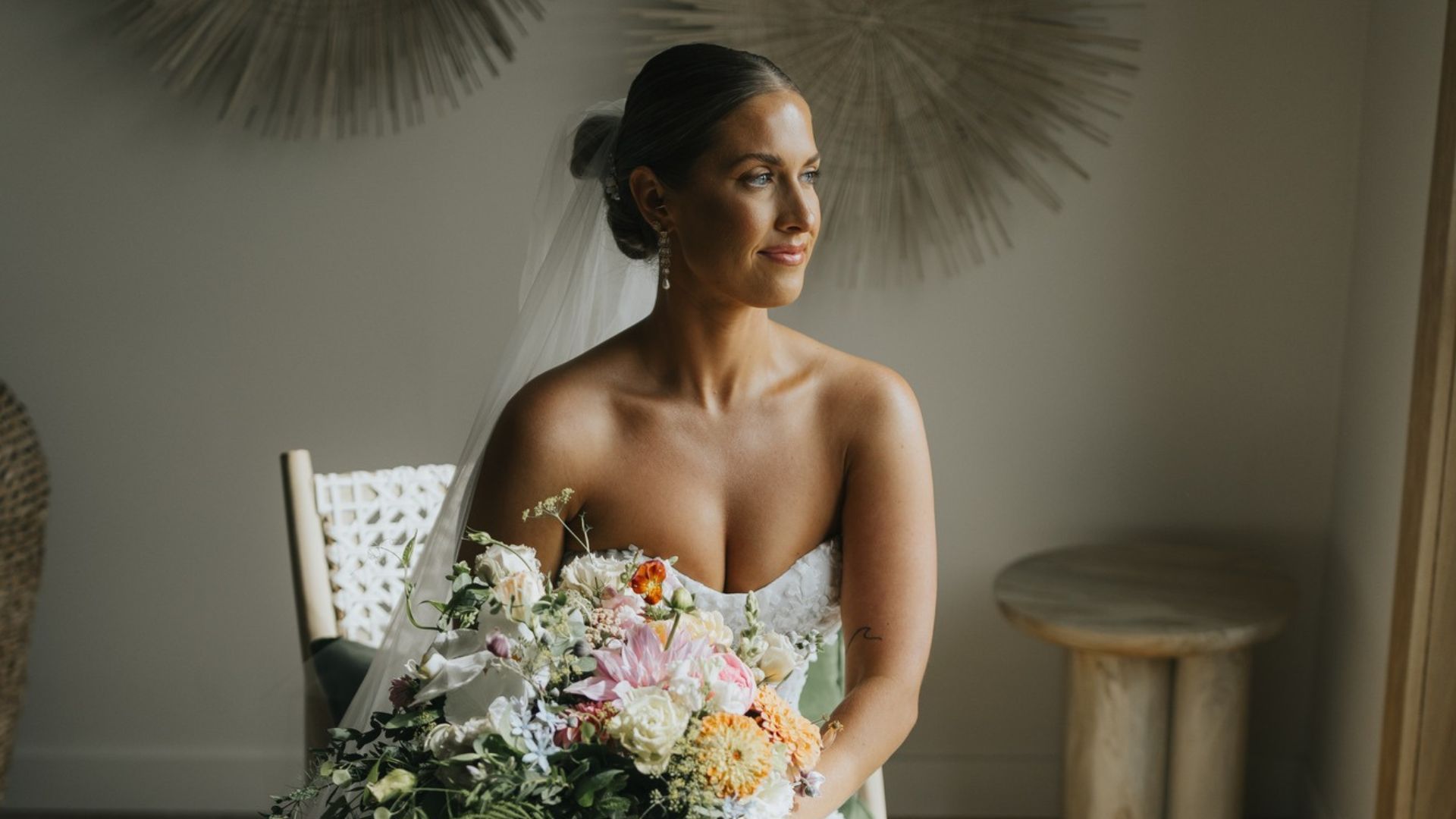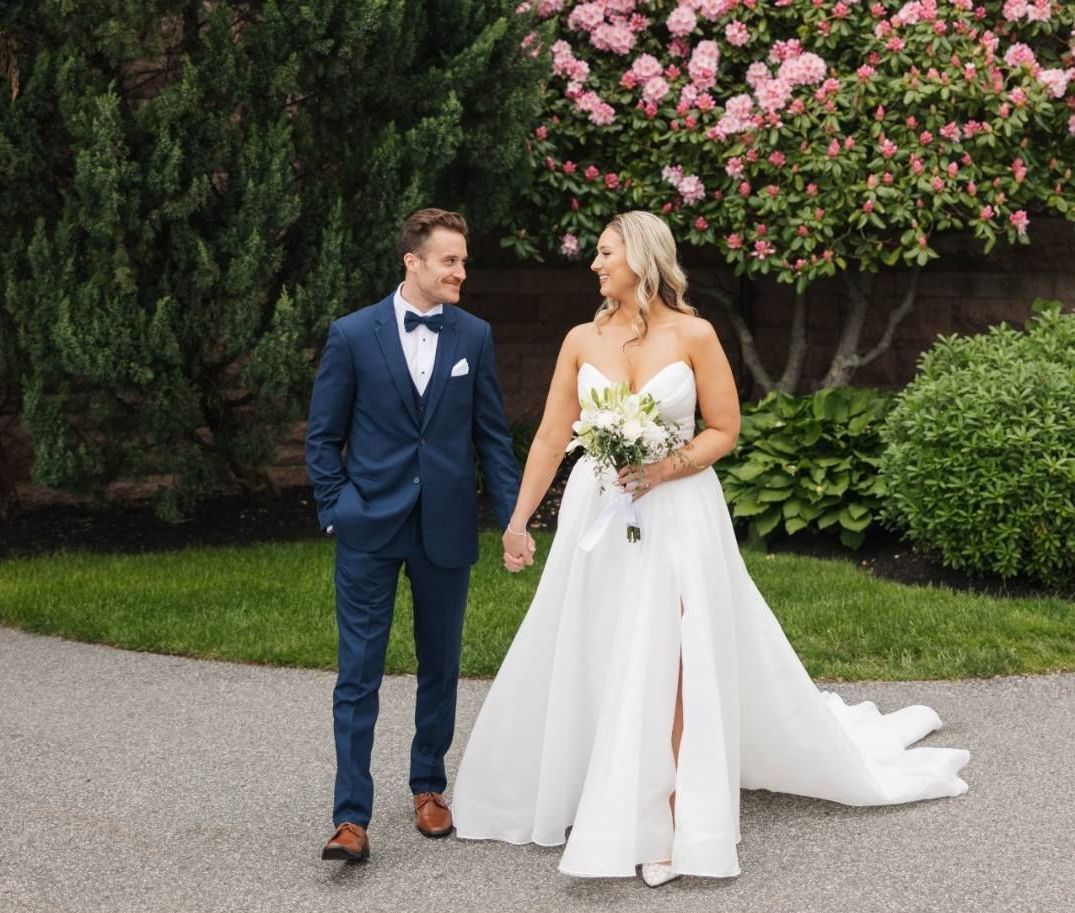How to Build a Stress-Free Wedding Photography Timeline
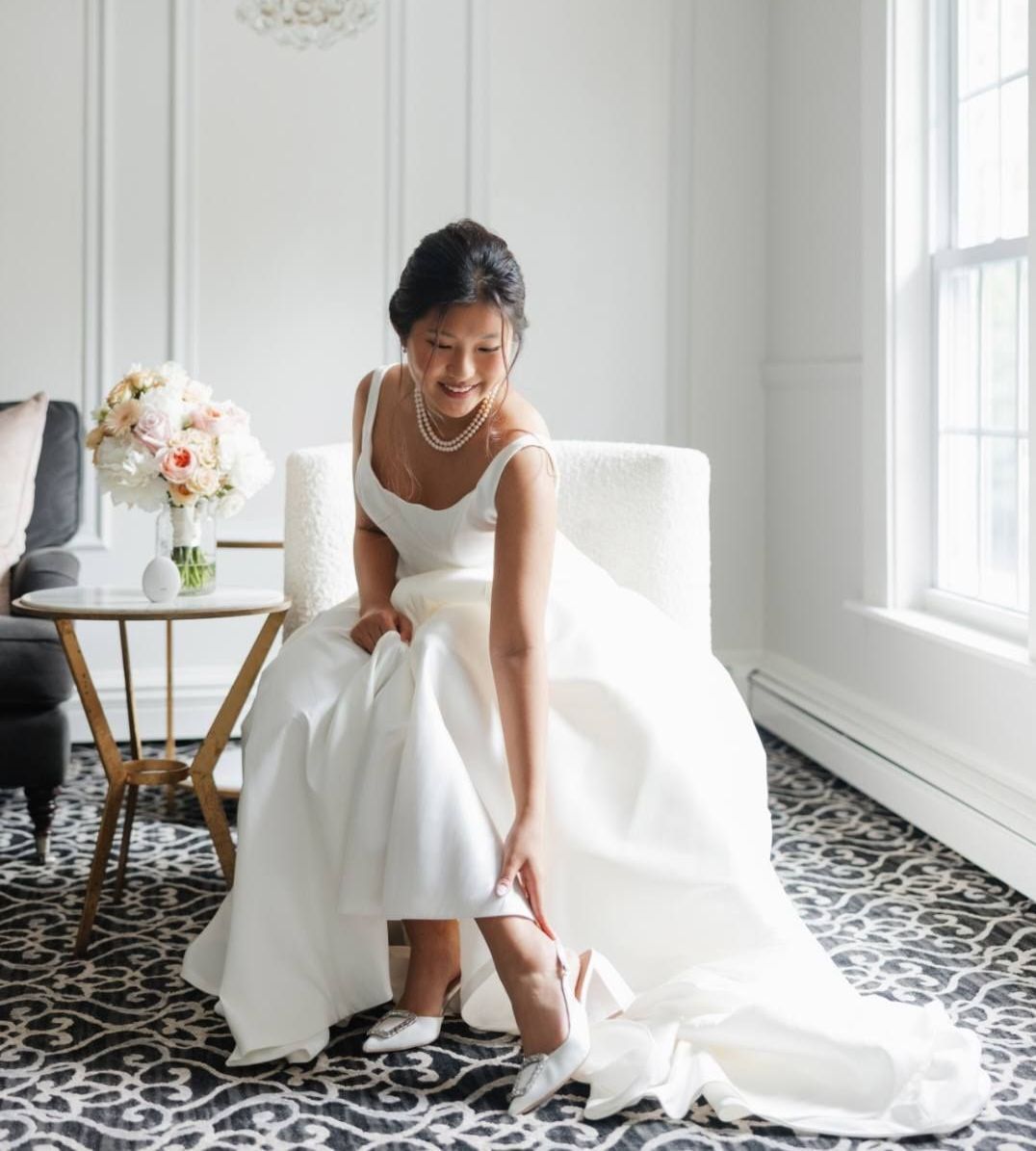
Planning your wedding day can be thrilling yet overwhelming. One of the most crucial elements often overlooked is the wedding photography schedule. When done right, it ensures your day flows smoothly, and every magical moment is captured without stress. This guide offers a step-by-step process to create a seamless, efficient, and joyful photography schedule.
Why a Wedding Photography Timeline Matters
A structured timeline prevents rushed moments and misses photo opportunities. It ensures everyone involved — from the bridal party to vendors — knows where to be and when. A clear plan helps your photographer capture essential moments while giving you space to enjoy the day naturally. It also reduces the chances of delays caused by miscommunication or lack of coordination. With a thoughtful timeline, your wedding day unfolds effortlessly and remains filled with meaningful memories.
Benefits include:
- Smooth transitions between wedding day segments
- Proper lighting for key shots
- Time for candid and posed photos
- Reduced stress and confusion
Start with Your Ceremony Time
The ceremony time anchors your entire wedding schedule. From here, you can organize the rest of the day, including:
- Pre-ceremony preparations
- First look moments
- Group and family photos
- Reception highlights
Tip: Keep the timeline flexible and build around your most important moments.
Consult Your Photographer Early
Your photographer is a key part of planning. They can help you:
- Identify must-have shots
- Plan around ideal lighting conditions
- Allocate enough time for preparation and creative photos
Pro Tip: Meet with your photographer early in the process to build a realistic and efficient timeline.
Elements of an Ideal Wedding Photography Schedule
A well-structured wedding photography schedule ensures that all your special moments are captured thoughtfully and without feeling rushed. It focuses on the natural flow of the day, covering everything from the early preparations to the reception celebration. Rather than focusing on exact times, structure your schedule around events:
- Getting Ready: Candid and styled shots during preparations
- Details & Décor: Flat lays of accessories, invitation suites, and décor
- First Look: An emotional moment that can be scheduled before the ceremony
- Group Photos: Family, bridal party, and important guests
- Couple Portraits: Natural or golden-hour portraits
- Ceremony: Processional, vows, reactions, and first kiss
- Reception Moments: Grand entrance, speeches, first dance, cake cutting, and party candids.
Key Photo Moments to Include
When planning your timeline, remember to include:
- Close-ups of attire and accessories
- Reactions from first look and ceremony
- Groupings with immediate family and close friends
- Emotion-filled candid moments
- Scenic couple shots post-ceremony
Buffer Time is Essential
Having a relaxed timeline means including flexible blocks:
- Space for unexpected delays
- Transition time between locations
- Breaks to freshen up before the next phase
Remember: A smooth schedule allows space for real moments to unfold naturally.
Coordinate with Other Vendors
Make sure your photographer’s timeline aligns with other professionals like:
- Makeup artists and hairstylists
- Videographers
- Florists and decorators
- Venue managers and coordinators
Action Tip: Share your finalized plan with all vendors to ensure smooth coordination.
Communicate Clearly with Family and Wedding Party
Clear communication is essential for successful family portrait photography. It helps avoid delays and ensures everyone knows when and where to take their photos. When both the family and bridal party are well-informed, it creates a more relaxed environment, allowing the photographer to capture genuine, heartfelt moments. Proper planning not only keeps the schedule on track but also enhances the overall experience, making family portrait photography smoother and more enjoyable for everyone involved.
Avoid confusion by briefing everyone involved:
- Share a visual rundown of the day's events
- Assign a photo wrangler to gather family and bridal party
- Use printouts or digital versions to distribute the plan
Consider Lighting & Venue Logistics
Photographers rely on good light. Consider:
- Ideal time of day for portraits
- Locations with good natural light
- Backup options in case of weather changes
Tips: Schedule outdoor photos around the golden hour for soft, flattering light.
Sample Shot List (Highly Recommended)
Details
Dress, rings, bouquet, shoes
Prep
Hair & makeup, toasts, robes
Ceremony
Walk down aisle, vows, first kiss
Formals
Couple with family, bridal party
Reception
Entrance, speeches, cake, dancing
Final Thoughts
A wedding photography timeline is more than a schedule — it’s a blueprint for capturing your memories. Prioritize flexibility, communication, and creative moments to make your day as magical on film as it is in life.
Need expert help planning your wedding photography timeline?
Get in touch with us today and let’s bring your vision to life.
FAQ: Building a Wedding Photography Timeline
Q1: How far in advance should I create the timeline?
It’s best to start building your timeline at least 2-3 months before the wedding. This allows ample time for coordination with your photographer and other vendors, ensuring nothing is overlooked.
Q2: Should I do a first look?
Yes, a first look can provide a quiet, emotional moment before the ceremony. It also allows for more flexible photo opportunities and reduces pressure later in the day.
Q3: What if the weather changes my photo plan?
Always have a backup location indoors or under cover at your venue. Discuss contingency plans with your photographer in advance to maintain a stress-free experience.
Q4: How can I make sure family photos go quickly?
Prepare a clear list of must-have family groupings and share it with your photographer ahead of time. Designate a family member to help gather people quickly when it’s time.
Q5: What time should the photographer arrive?
Photographers should typically arrive during the getting ready stage. This helps them capture early details, candid moments, and the complete story of your wedding day.




